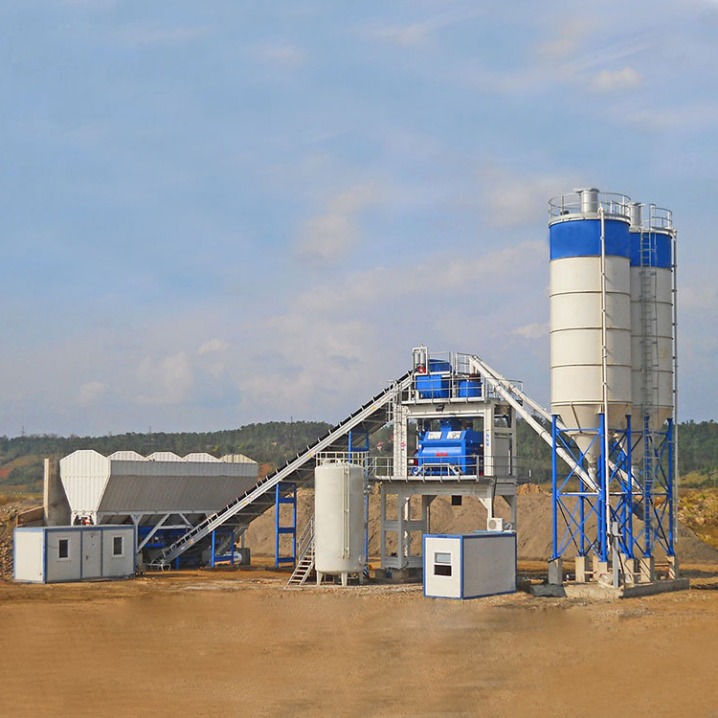The development and maintenance of modern infrastructure rely heavily on advanced subsurface exploration techniques. Technologies such as Ground Penetrating Radar (GPR), Utility Locating, Concrete Scanning, Concrete X-ray, Rebar Locating, and Electrical Locating play a vital role in ensuring structural integrity and safety.
The Role of Ground Penetrating Radar (GPR)
Ground Penetrating Radar is a non-invasive method that uses radar pulses to image the subsurface. This technology is essential for detecting objects, changes in material, voids, and cracks beneath the surface.
- Accurate detection of buried utilities and anomalies
- Essential for archaeological and geological surveys
- Non-destructive method, preventing unnecessary drilling
Utility Locating: Ensuring Safe Excavations
Utility Locating is crucial for identifying the location and depth of subterranean utilities. This avoids hazards and service interruptions during construction projects.
Benefits of Utility Locating
- Prevents damage to underground utilities
- Reduces risk of project delays and associated costs
- Enhances overall safety on construction sites
Concrete Scanning and Concrete X-ray
When dealing with concrete structures, Concrete Scanning and Concrete X-ray are indispensable tools.
Concrete Scanning
- Non-invasive method to identify embedded objects in concrete
- Real-time results, increasing project efficiency
- Ideal for new construction and renovation projects
Concrete X-ray
- Provides high-resolution images of internal concrete structures
- Effective for identifying rebar positions and other reinforcements
- Often used in quality control and structural assessment
Read more about GPR here.
Rebar and Electrical Locating
The integrity of concrete structures often depends on the proper placement and condition of rebar. Rebar Locating ensures that reinforcing bars are correctly positioned and intact. Electrical Locating identifies live wires and other electrical components.
These methods are necessary to:
- Ensure accurate drilling and cutting operations
- Prevent damage to critical structural components
- Maintain electrical safety and functionality
Frequently Asked Questions (FAQs)
1. What are the limitations of GPR?
GPR may have difficulty penetrating certain materials, such as clay soils, and the depth of penetration can be impacted by the material composition of the subsurface.
2. How accurate is Utility Locating?
The accuracy of Utility Locating varies depending on the technology used. Combining different locating techniques can improve overall accuracy.
3. Which method is better: Concrete Scanning or Concrete X-ray?
Both methods have their advantages. Concrete Scanning offers real-time results and is less intrusive, while Concrete X-ray provides higher resolution images and is better for detailed structural assessments.
4. Why is Rebar Locating important?
Rebar Locating ensures that reinforcing bars are properly placed within concrete structures, which is critical for maintaining structural integrity and preventing potential failures.
Incorporating these advanced subsurface exploration techniques into infrastructure projects enhances safety, efficiency, and accuracy, ultimately leading to more resilient and sustainable developments.

